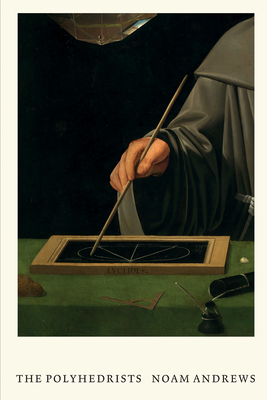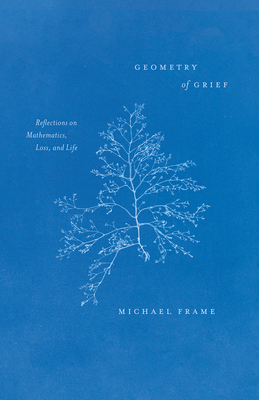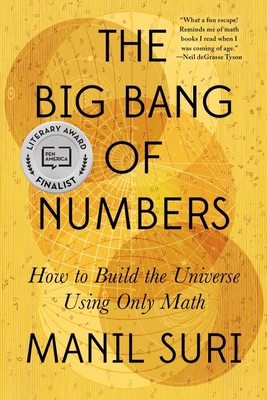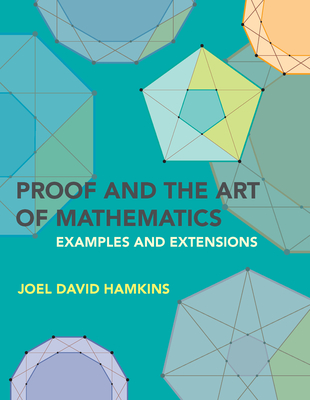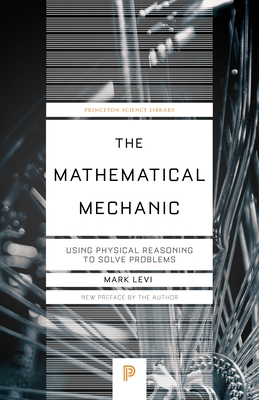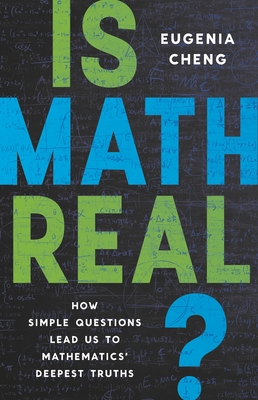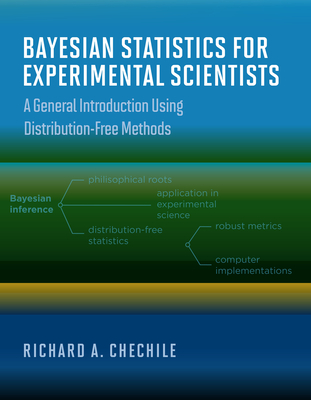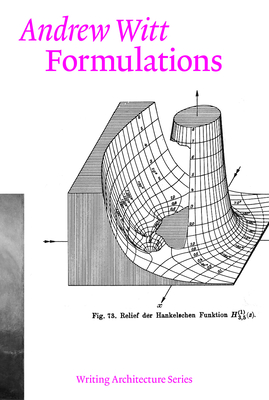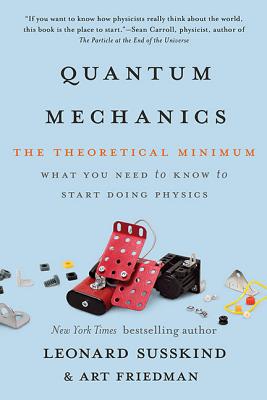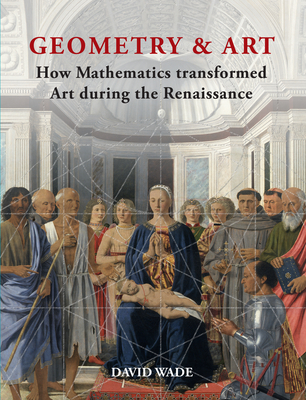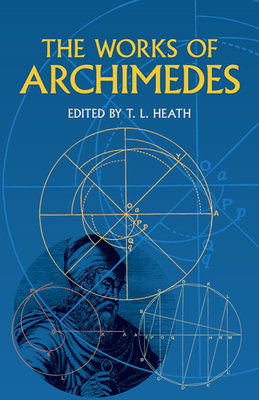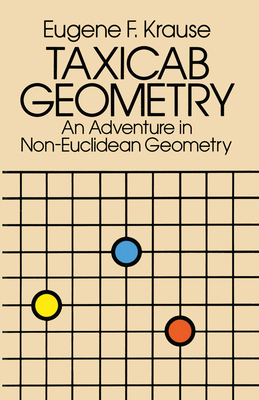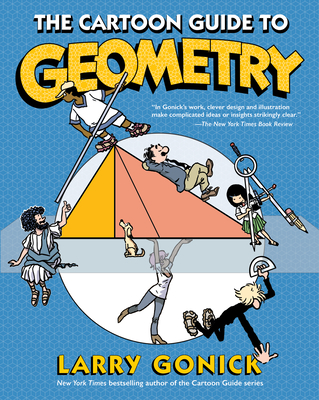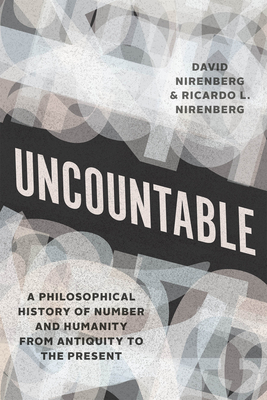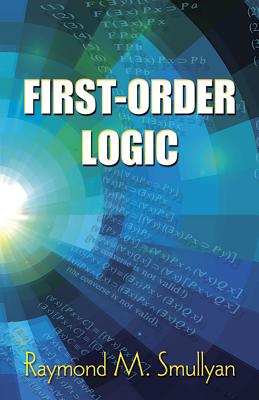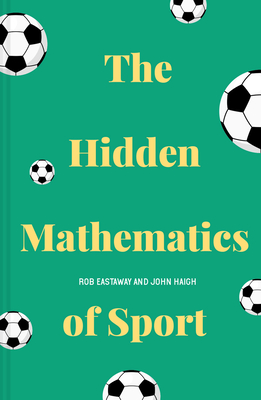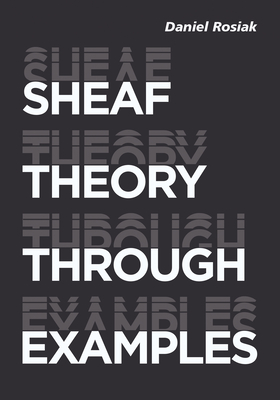
Sheaf Theory through Examples
Description
An approachable introduction to elementary sheaf theory and its applications beyond pure math.
Sheaves are mathematical constructions concerned with passages from local properties to global ones. They have played a fundamental role in the development of many areas of modern mathematics, yet the broad conceptual power of sheaf theory and its wide applicability to areas beyond pure math have only recently begun to be appreciated. Taking an applied category theory perspective, Sheaf Theory through Examples provides an approachable introduction to elementary sheaf theory and examines applications including n-colorings of graphs, satellite data, chess problems, Bayesian networks, self-similar groups, musical performance, complexes, and much more.
With an emphasis on developing the theory via a wealth of well-motivated and vividly illustrated examples, Sheaf Theory through Examples supplements the formal development of concepts with philosophical reflections on topology, category theory, and sheaf theory, alongside a selection of advanced topics and examples that illustrate ideas like cellular sheaf cohomology, toposes, and geometric morphisms.
Sheaf Theory through Examples seeks to bridge the powerful results of sheaf theory as used by mathematicians and real-world applications, while also supplementing the technical matters with a unique philosophical perspective attuned to the broader development of ideas.
About the Author
Daniel Rosiak is a Research Associate at the Inamori International Center for Ethics and Excellence at Case Western Reserve University.
Praise for Sheaf Theory through Examples
"Remarkably approachable for those wanting to learn about the theory of sheaves but who do not have an extensive familiarity with the deep abstraction common to mathematical theories in general."
—M. Clay, University of Arkansas


